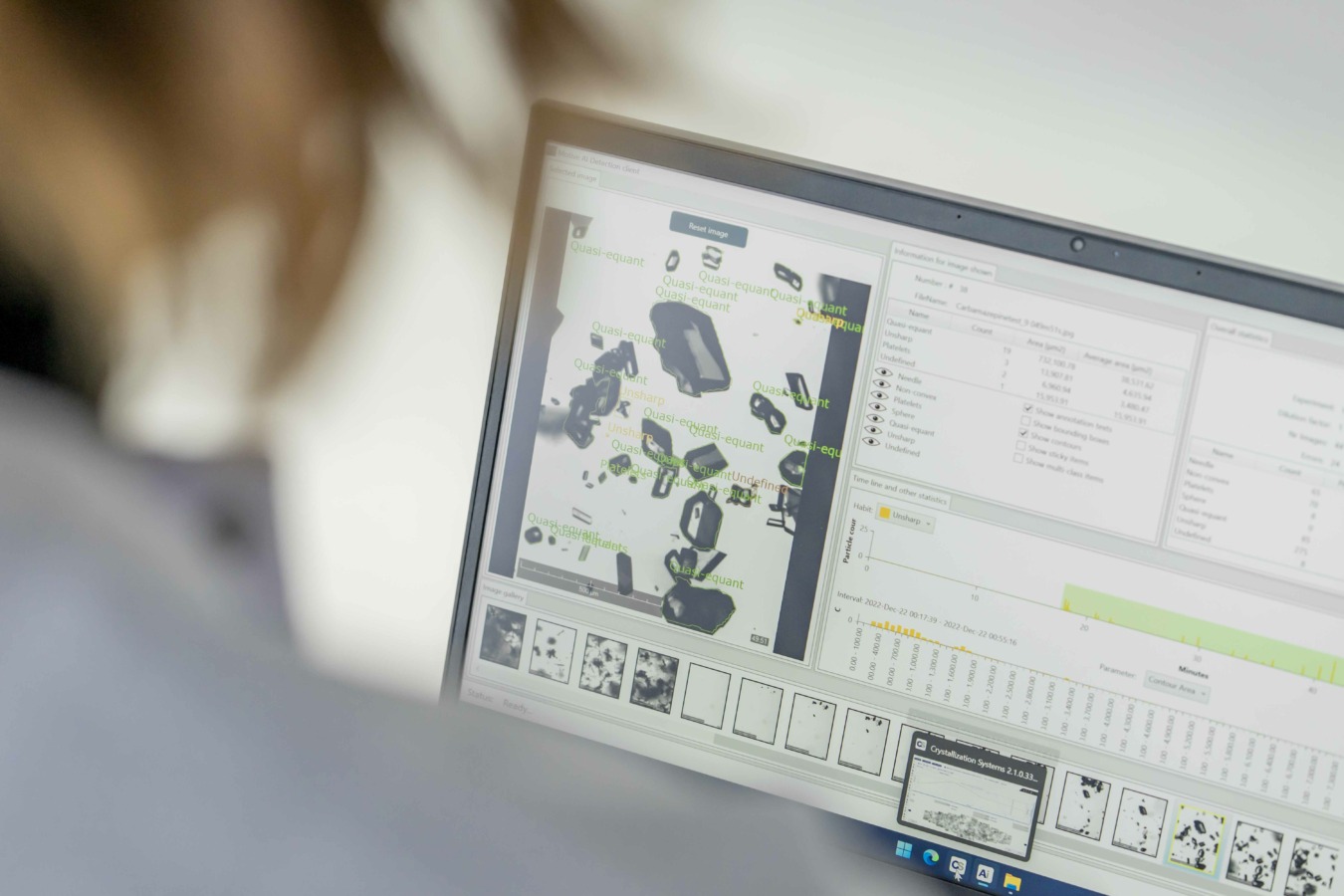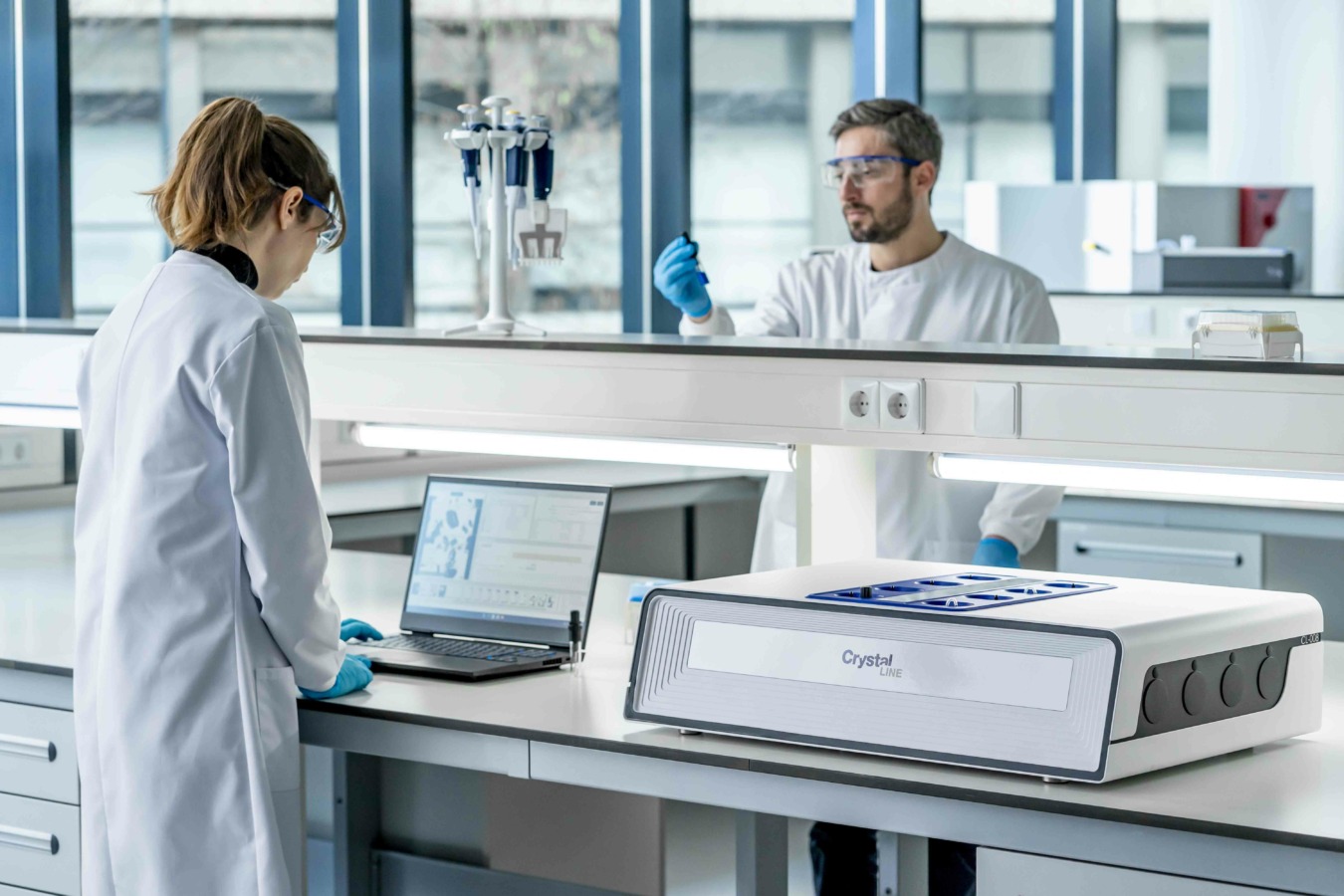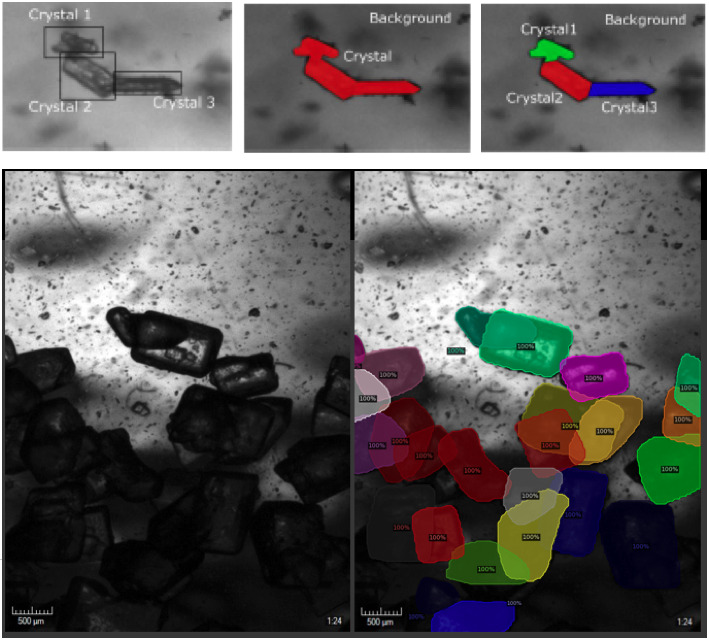Empowering pharmaceutical scientists to make better decisions faster using artificial intelligence
The buzzword of 2023 is artificial intelligence (AI). From ChatGPT-4 preparing to revolutionise online research to IBM’s Project Debater engaging humans in live debates, it’s clear that we stand at the dawn of a new era of assistive and generative technology.
Stephan van Banning, Chief Technological Officer (CTO) at Technobis Crystallization Systems, explains how AI applications for crystal imaging analysis take their place among this global trend.

Present challenges in crystallisation image analysis
For decades, crystallisation researchers hunting the most stable morphology for different active pharmaceutical ingredients (APIs) faced an arduous challenge. They would conduct one experiment at a time, consuming a large working volume of starting material and struggling to observe the reaction with a probe before manually interpreting visual data.
The need for better visualisation has encouraged technological development, namely the installation of cameras into crystallisation research instruments.
By collecting pictures at regular intervals, researchers can observe the crystals during their dissolving and growth processes and, ultimately, say something about the size, shape and distribution of crystals throughout. However, obtaining useful good-quality pictures is not a simple task.
The environment inside a crystallisation chamber is dynamic. Crystals are constantly growing or shrinking, dissolving and reappearing, and every image taken is different. As such, lighting must be expertly manipulated to ensure that every object in frame is in focus and detectable against the background.
Lighting is not the only issue with conventional camera imaging. In a 2D image, some shapes will inevitably stand in front of others. Distinguishing crystal outlines from shapeless masses is no easy feat.
This is where AI software can help. Extensive database training, consisting of annotating and designating countless images, enables the detection engine to count, measure and categorise any crystal within the reaction chamber.
But why is this important? What advantage is conferred by knowledge of the real-time microscopic developments of crystal morphology? To researchers aiming to learn about the exact conditions for formation of the most stable crystalline forms, the data yielded by this image analysis represents the way forward.

The impact of AI in crystallisation research
Finding a stable, bioavailable form of a molecule, one that can be scaled-up to industrial production levels, is a pivotal junction in the drug discovery pathway. Nucleation, crystal growth, particle size distribution (PSD) and agglomeration are all crucial parameters to investigate.
Every year, millions of dollars are wasted when drug molecule candidates are, after months of investigation, defined as unviable owing to physical or biological properties.
Advanced screening tools using AI image analysis empower scientists to make better decisions earlier in the process. By gathering information about the optimal temperature and stirring conditions, researchers know exactly how to achieve the crystal form that will constitute the basis for the next stage of experiments.
An essential feature that Technobis Crystallization Systems uses in this next stage is feedback control. The Crystalline instrument takes one image per second in each of the eight reaction chambers and, once the desired conditions are achieved, the software is able to control the conditions in each chamber to direct the crystallisation process.

Detection of different crystal shapes and sizes in the Crystalline instrument, using AI-based image analysis software.
In some experimental instances when screening instruments have been connected to a robotic platform, an automatic system that loads/unloads samples and determines the next stage of screening without human input has illustrated one possible future of the pharmaceutical research process.
As there are currently no commercial AI software packages available for this purpose, Technobis Crystallization Systems is investing in producing proprietary image analysis engines.
To help research groups to stay at the cutting edge of the field, the software often has a tool through which users can further train the database to recognise unexpected or new results.
Equipped with strong foundations on which to make decisions about the optimal research avenues, pharmaceutical scientists can navigate the murky waters of drug development in the smoothest and most efficient way.
Crystallisation studies, powered by artificial intelligence, can yield high quality data simply. From there, researchers can find constructive answers about the quickest most cost-effective ways to bring medicines to those who need them.